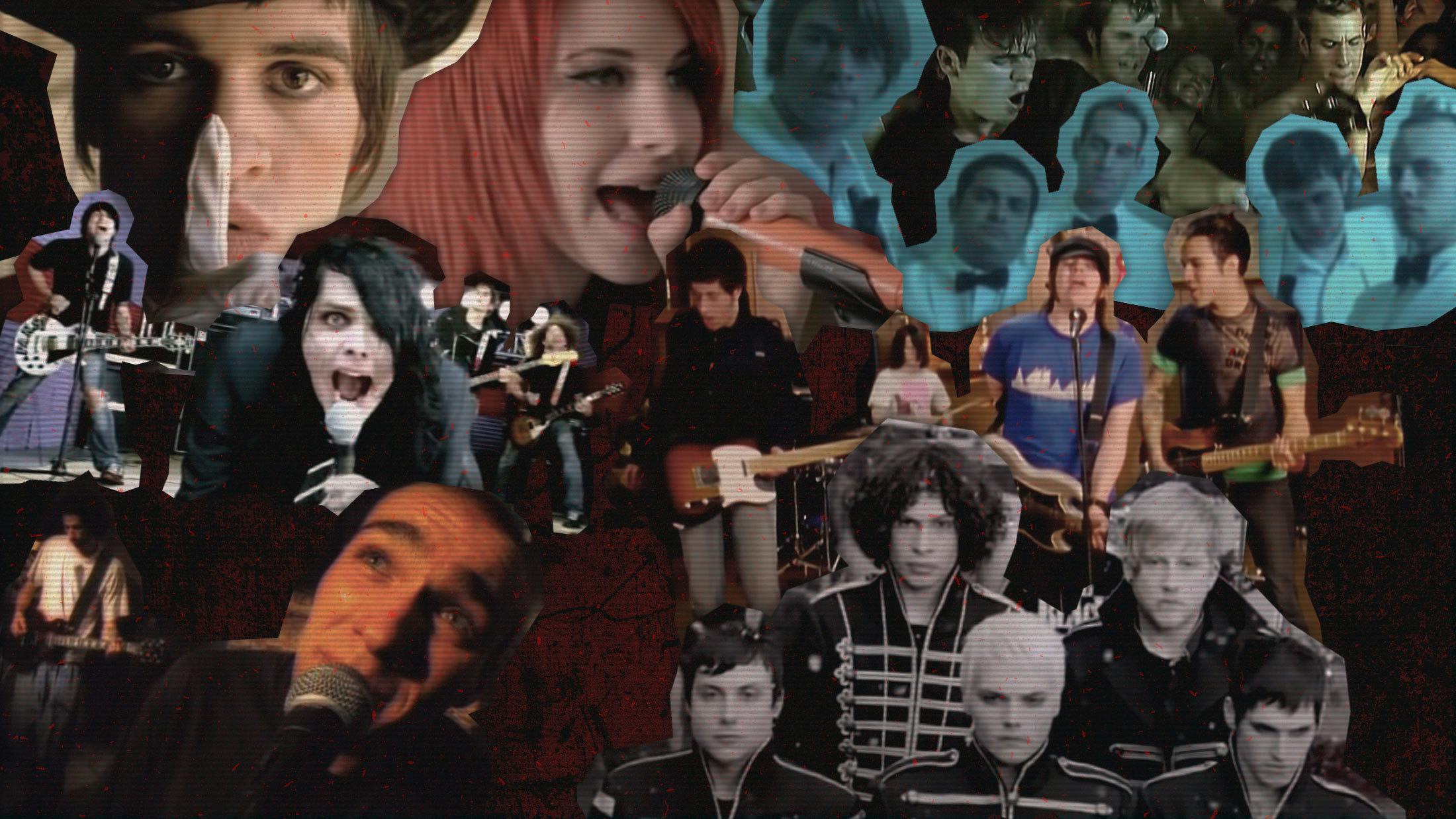If you’re here, though, it’s likely you already know it originated in Washington, D.C. as a sensitive-boy reaction to the tough-guy hardcore dominating the 1980s alternative landscape. That later gave rise to something akin to moody indie-rock with more solipsistic tendencies across the American Midwest, inexplicably developing into pop chart dominating global superstardom for the next wave of hopefuls, influencing the generation that came up behind and stretching the emo lineage into the realms of modern-day ‘mumble rap’ and beyond.
Loved, hated and often just plain misunderstood, emo has been many things, while never really being any single one – even at its commercial peak. No other genre doubles as a pejorative term. No other genre has ever been this consistently uncool yet stuck around for so long.
Here, then, is an introduction to its story, or at least that of those songs which helped move the needle, elevating the term from something used to describe basement-dwelling ex-hardcore punks to one assimilated into pop culture the world over.
